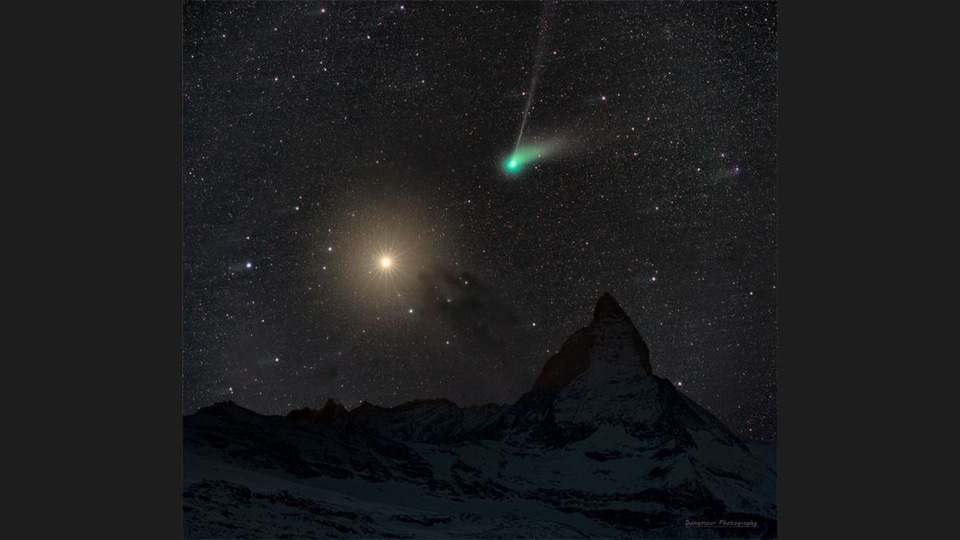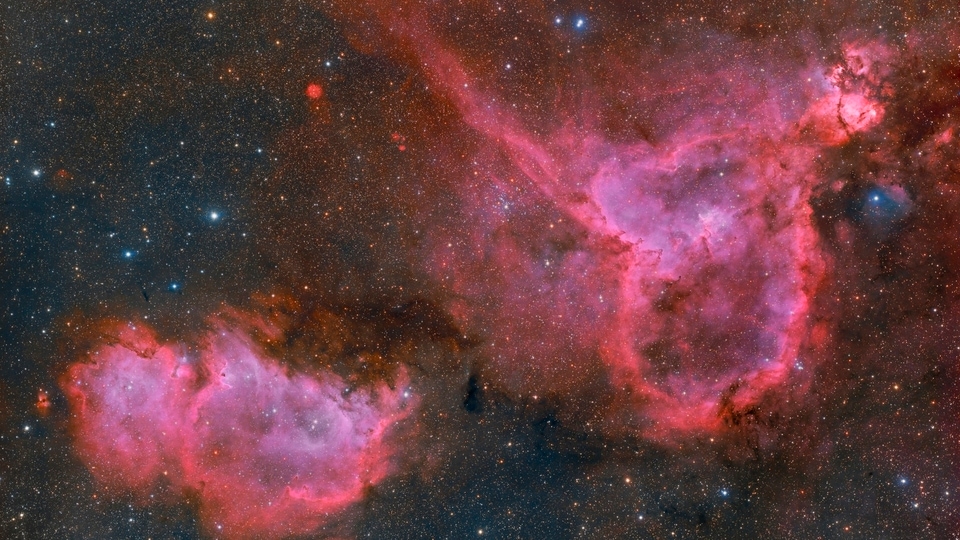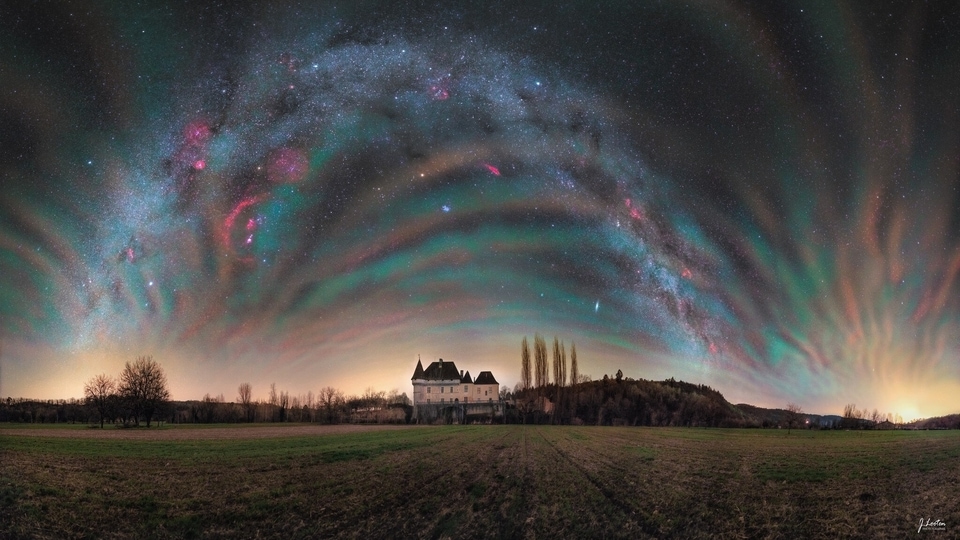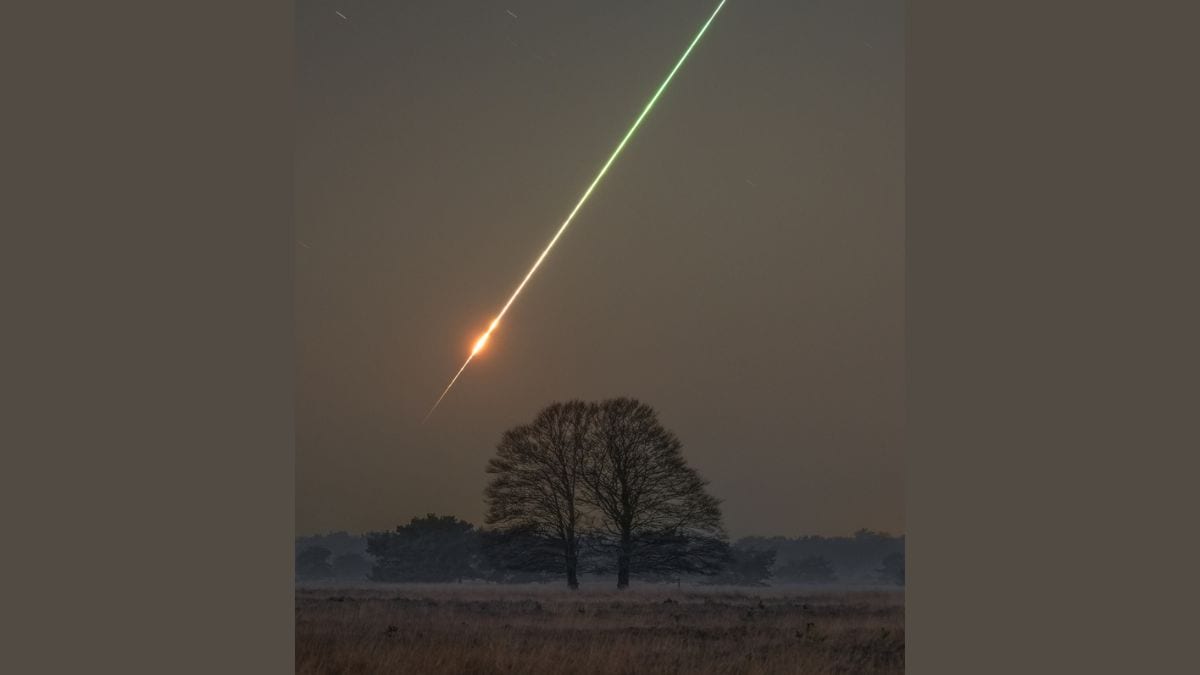Wow! 5 Tech products you had NO IDEA were invented by NASA; Phone camera to mouse, check list
NASA has invented the most powerful rockets, satellites and telescopes the world has ever seen, but did you know that it is also responsible for some of the most widely known tech products which most of us use every day? Check list.






 View all Images
View all ImagesThe word NASA paints a distinct image in our head. Short for National Aeronautics and Space Administration, the image conjures up visions of rockets, satellites, telescopes, spacesuits and other space-related technologies. This is because NASA has been focusing on space exploration and has come up with revolutionary technologies ever since its inception in 1958. But contrary to popular belief, the US space agency is also responsible for some tech products or technologies behind products that are used on an every day basis by the common man. Shocked? Don't be. Check the list below.
Wireless headphones
While NASA did not invent the modern wireless headphones, the technology for it was first developed by them in collaboration with an audio company. The need for a sturdy wireless communication system within a spacesuit was first felt in 1961 when during a test run for Project Mercury, the hatch of a capsule blew up prematurely while it was in the middle of the ocean. As a result, the communication system in the capsule was flooded. Luckily, helicopters were able to find the lone astronaut in the capsule. But it was understood that a better way of communication between the command center and the astronaut was needed.
NASA reached out to a company called Pacific Plantronics and together, they developed a wireless headset called MS-50 in the same year. The technology was later developed to manufacture consumer-grade wireless headphones but it wasn't till 2000s when the technology became cheaper and more accessible.
Digital image sensors
If you have ever taken a photo on a DSLR camera or a smartphone, you can thank NASA for it. “While the first digital camera was built by Eastman Kodak in 1975, the first to actually develop the concept of the digital camera was Jet Propulsion Laboratory (JPL) engineer Eugene Lally, who in the 1960s described the use of mosaic photosensors to digitize light signals and produce still images,” a NASA blog confirmed. But that wasn't all. In the 1990s, a JPL team researched ways of improving complementary metal-oxide semiconductor (CMOS) image sensors in order to make the cameras on interplanetary spacecraft smaller while retaining image quality. The same technology was later used to found Photobit, becoming the first company to commercialize CMOS image sensors.
Cordless Vacuum cleaners
Cordless vacuum cleaners were also developed by NASA. In a post, the space agency said, “An Apollo-era partnership with Black & Decker to build battery-operated tools for moon exploration and sample collection led to the development of a line of consumer, medical and industrial hand-held cordless tools, including the popular Dustbuster cordless vacuum”.
Computer Mouse
If you have a desktop computer, then you must have used the so-called "mouse" to guide your cursor across the monitor. But you would never be able to effortlessly do that if NASA did not invent it. Douglas Engelbart is credited with the invention of the mouse, but the invention came as a result of him and NASA working together to expand the use case of a computer in the 1960s.
Water purifiers
NASA came up with a crucial part of modern water purifiers. In space, astronauts need clean water. But with limited resources, it is important to reuse water as much as possible. And for that, NASA had developed its water recovery system (WRS). A key ingredient in it was the Microbial Check Valve (MCV). The MCV is an iodinated-resin that provides a simple way to control microbial growth in water without the use of power. It was first released to a non-profit organization called Concern for Kids and since then it has been used in countless similar products to provide clean water, especially in developing countries.
Catch all the Latest Tech News, Mobile News, Laptop News, Gaming news, Wearables News , How To News, also keep up with us on Whatsapp channel,Twitter, Facebook, Google News, and Instagram. For our latest videos, subscribe to our YouTube channel.





























